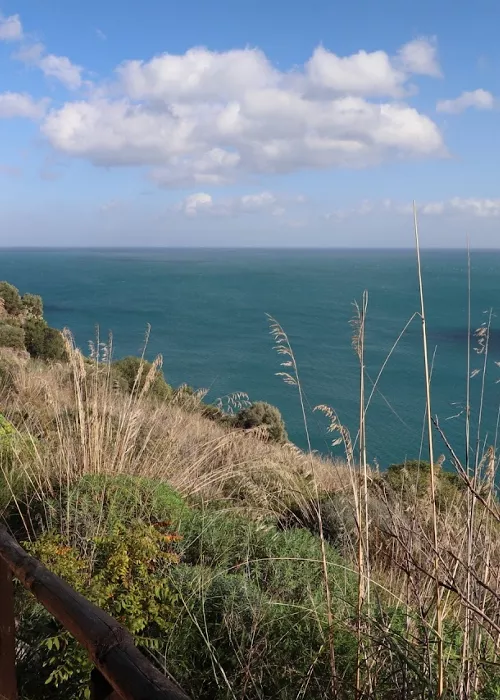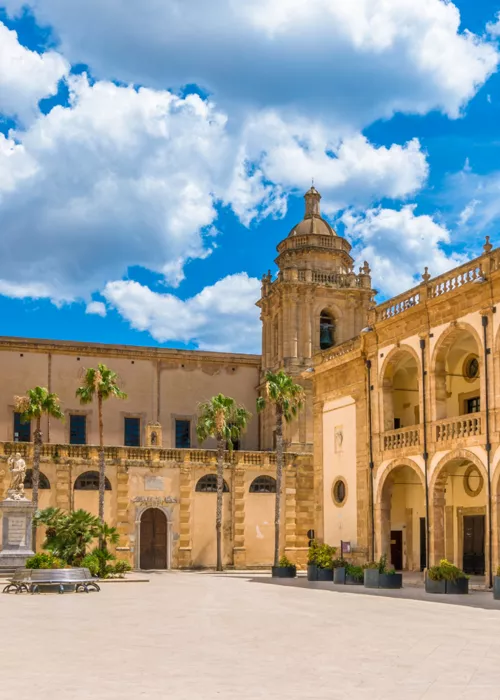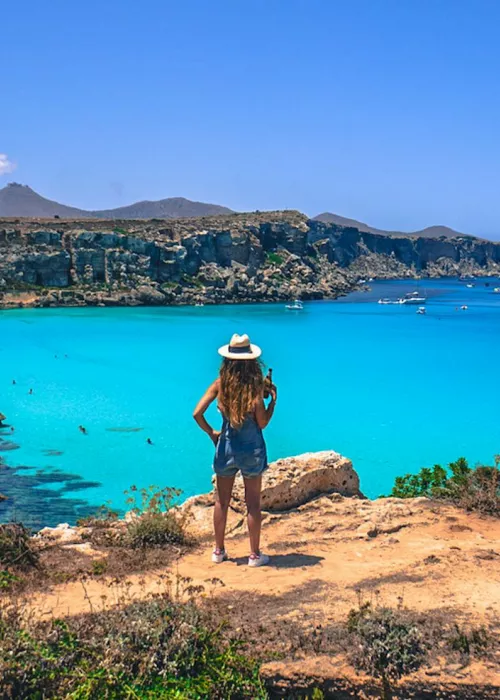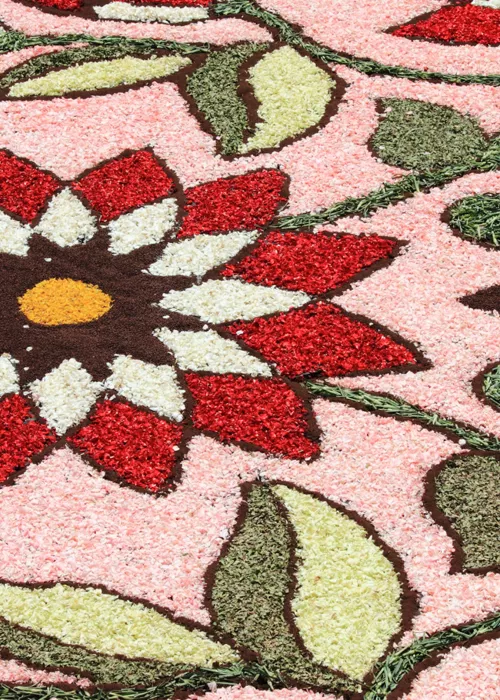Everything you need to know about the Procession of the Mysteries of Trapani, the essential rite of Easter in Sicily
4 minutes
If you plan a holiday in Sicily at Easter, get ready for some high emotions by participating in Trapani's historical Procession of the Mysteries, one of the most fascinating Easter events in Italy. Every year, on Good Friday, this tradition re-enacts the passion and death of Christ through the streets of the city centre, where 18 sculptural groups and two simulacra parade.
So, here is everything you need to know about the Procession of the Mysteries of Trapani, a masterpiece of Italian spirit that will both surprise and captivate you, leaving an enduring memory of your Italian Easter.
An ancient Easter tradition in Sicily
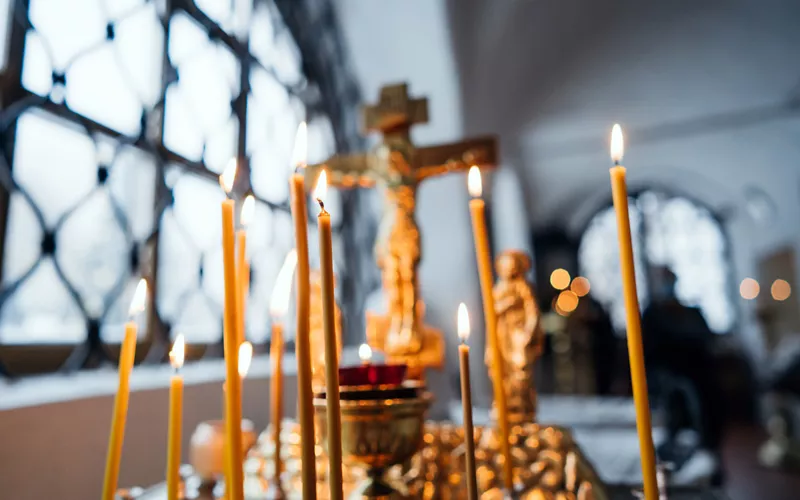
One of the longest processions in Italy, the Procession of the Mysteries, attracts thousands of believers, devotees and tourists every year, who are intrigued and enticed by this fiery display of religious fervour that has been repeated, unchanged and emotional, for over 400 years.
Originally called Las Casazas and believed to have been introduced from Spain in the 16th century, it has been performed every year since then, with few discontinuities throughout history.
The history and origins of the Mysteries of Trapani
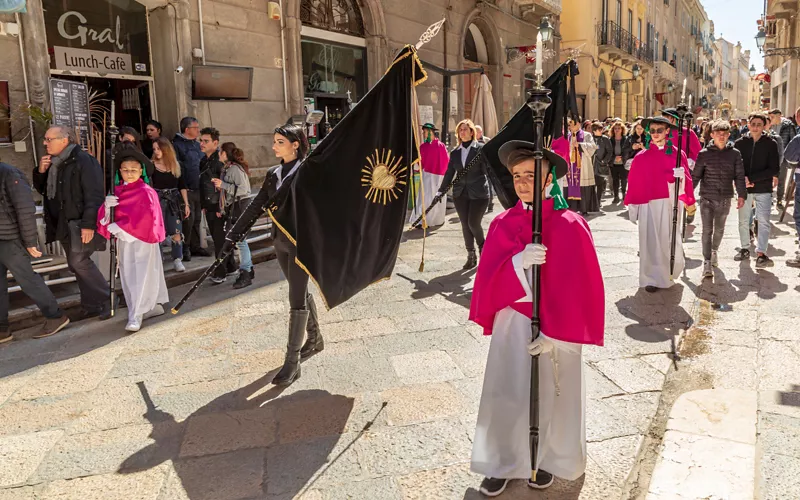
The 18 sculptural groups and two simulacra, mounted on special wooden ‘vare'as supports, parade through the city's streets. The statues were made of wood, glue and cloth, between the 17th and 18th centuries, by Trapani artisans' workshops. They represent characters and scenes from the passion and death of Christ. Initially there were only six, but over time this number grew to 18. The oldest is the Ascent to Calvary.
It is believed that the procession has its roots in the period of Spanish domination of the island and was initially organised by a confraternity. As time went by, it was then entrusted to craftsmen and guilds who still organise the event today.
There are two hypotheses regarding the meaning of the term Mysteries. According to some, it has to do with 'ministry', the religious office, while others believe that it is linked to the word ‘mestiere’ (meaning ‘craft’), referring to the guilds of arts and crafts with which each sacred group is associated.
The Holy Friday procession
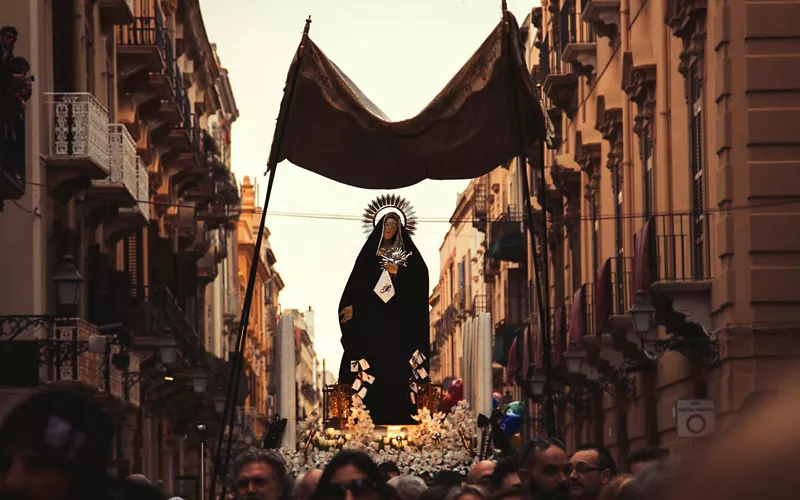
According to tradition, the procession is held at 2 pm. on Holy Friday, when the Sacred Groups make their solemn exit from the Church of Purgatory. Following a precise ritual, the "caporale" with a blow of the "ciaccola", an instrument similar to the castanet, gives orders to the "massari" and young volunteers to lift the sacred group onto their shoulders. A second blow initiates their movement.
For 24 hours, without interruption, a band plays funeral marches as the route winds its way through the main streets of the city. The most characteristic streets of the old town are trodden at night, while drums beat continuously and crowds of people silently follow the parade. At dawn, the Mysteries reach the Barracche, traditional fishing district near the city harbour and fish market. Here, they prepare for the last stretch of the route, the one that will take them back to the Purgatory Church.
The 2023 appointment of the Mysteries of Trapani is set for the customary Good Friday, which this year will fall on 7 April, the day on which the Mysteries will be in front of the Church of Purgatory at 2 pm.
The Holy Saturday return to the Church of Purgatory
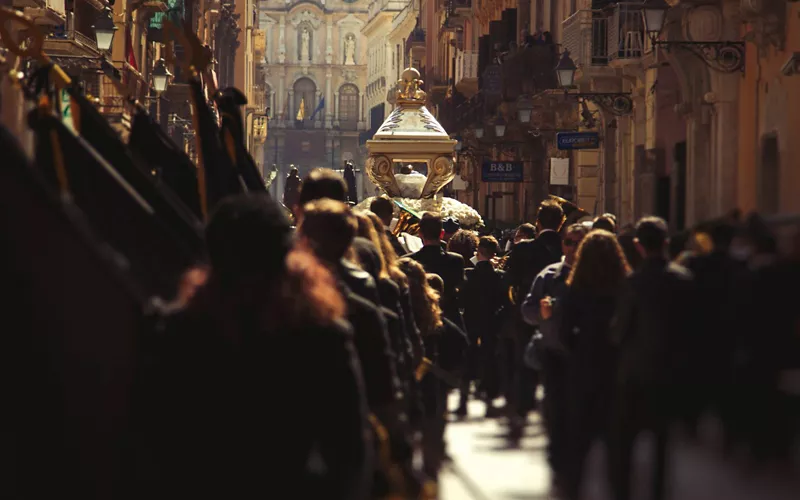
On Saturday morning, Piazza Purgatorio once again bustles with people for the most exciting moment of the procession: the return of the Sacred Groups into the Baroque church that guards them all year round. They enter one by one, to the accompaniment of the band and the long applause of those attending the event. The ciaccole continue to play until the time when the door closes again. But not before a final "annacata", that is, a rocking of the sculptural group carried on the shoulders that recalls that of the "naca", or cradle.
This brings to an end a unique tradition, strongly linked to the territory, which, every year represents a special occasion to visit Trapani while savouring the Italian atmosphere of Easter.
What to see in and around Trapani
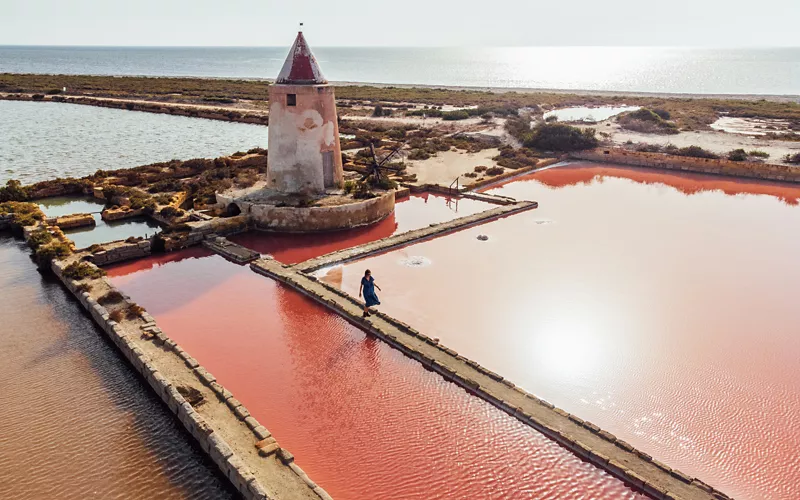
After admiring the Procession of the Mysteries, it is worth extending your stay in Sicily to explore Trapani and its surroundings. With its land and sea, there are plenty of things to see here.
Take a stroll through the historical centre and let yourself be enchanted by the many churches and chapels. It is no coincidence that it is called the "city of a hundred churches", although the real gem is found by the sea. Saline di Trapani are a nature reserve that you can explore by bicycle. Or, if you want to take advantage of the first good weather of the season, head to one of the many beaches and stretch out in the sun.
If, on the other hand, you want to venture out of the city centre of Trapani, numerous sites of interest await you, such as the famous beach of San Vito Lo Capo or the Riserva dello Zingaro, less than an hour's drive away, or the splendid sea of Mazara del Vallo, about 55 kilometres away. The coves of Favignana, an enchanting island in the Egadi archipelago, are only 30 minutes away from Trapani by hydrofoil.

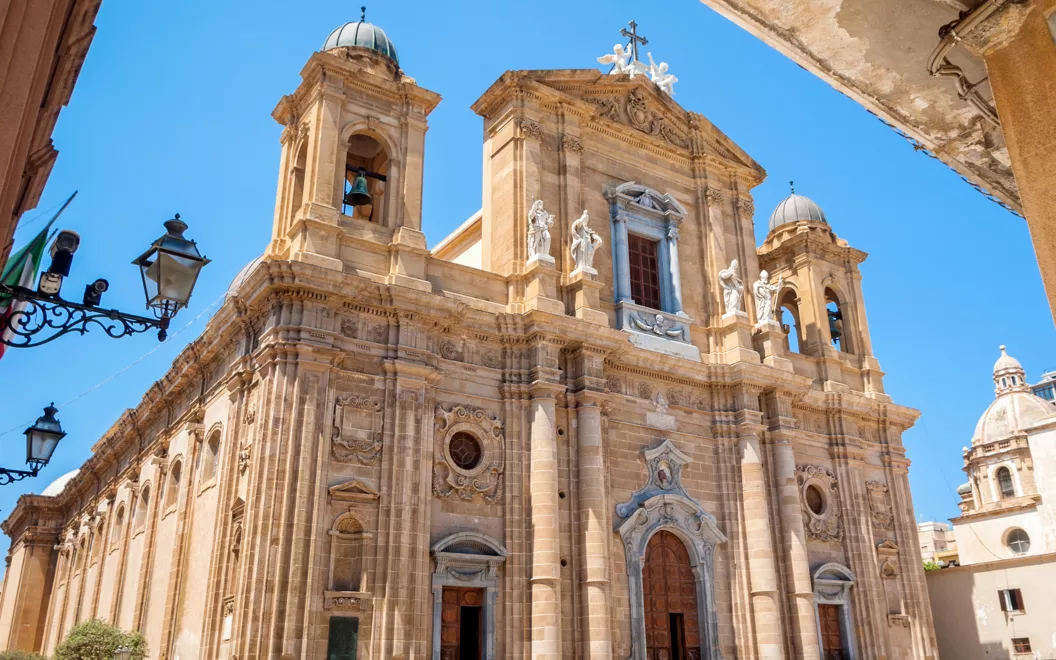
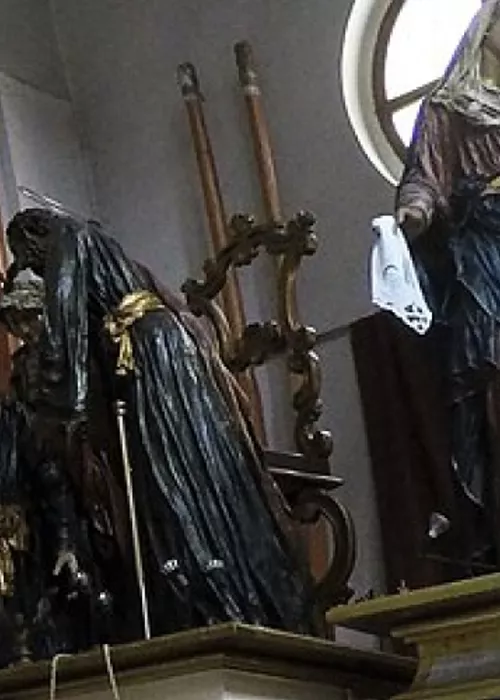
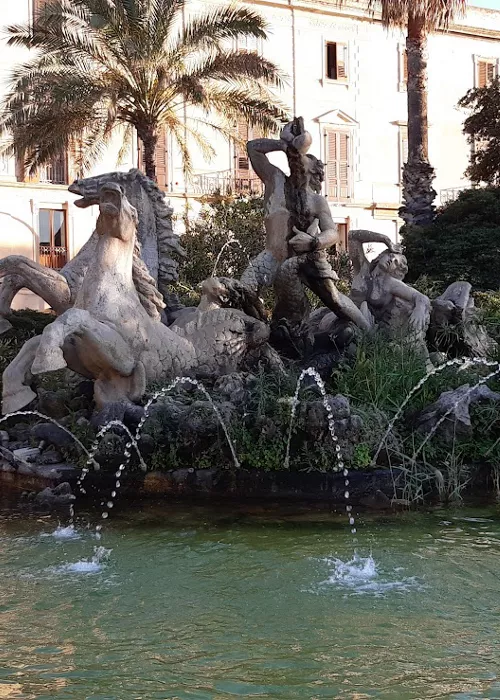
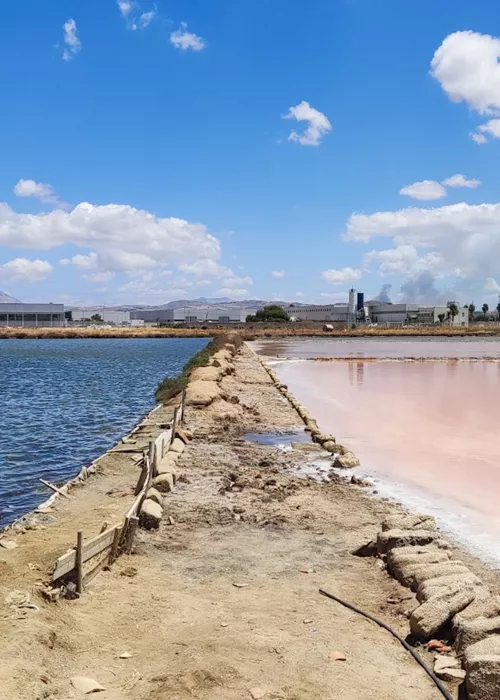
-1?wid=500&hei=700&fit=vfit,1&fmt=webp)
